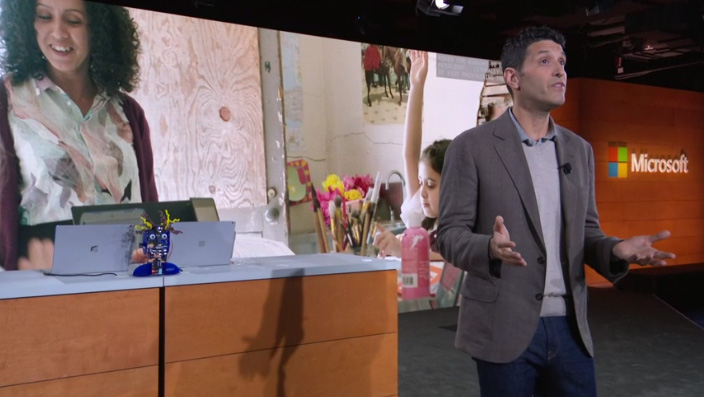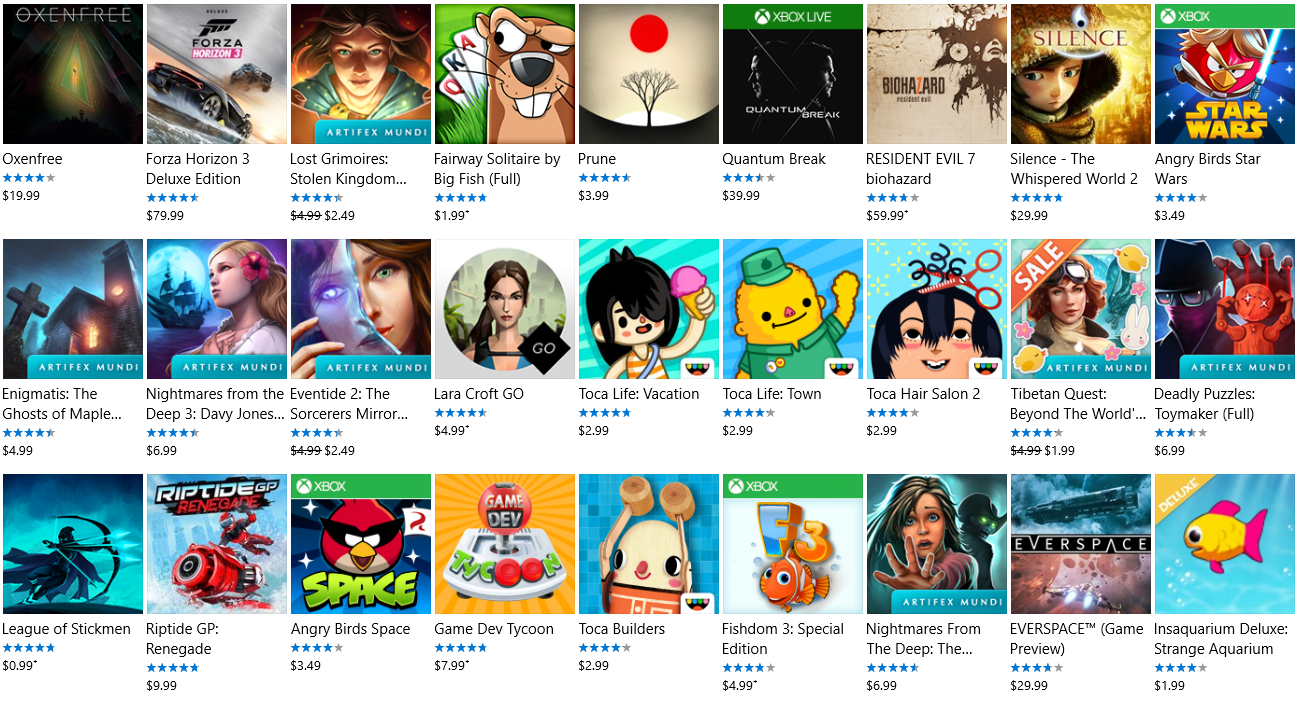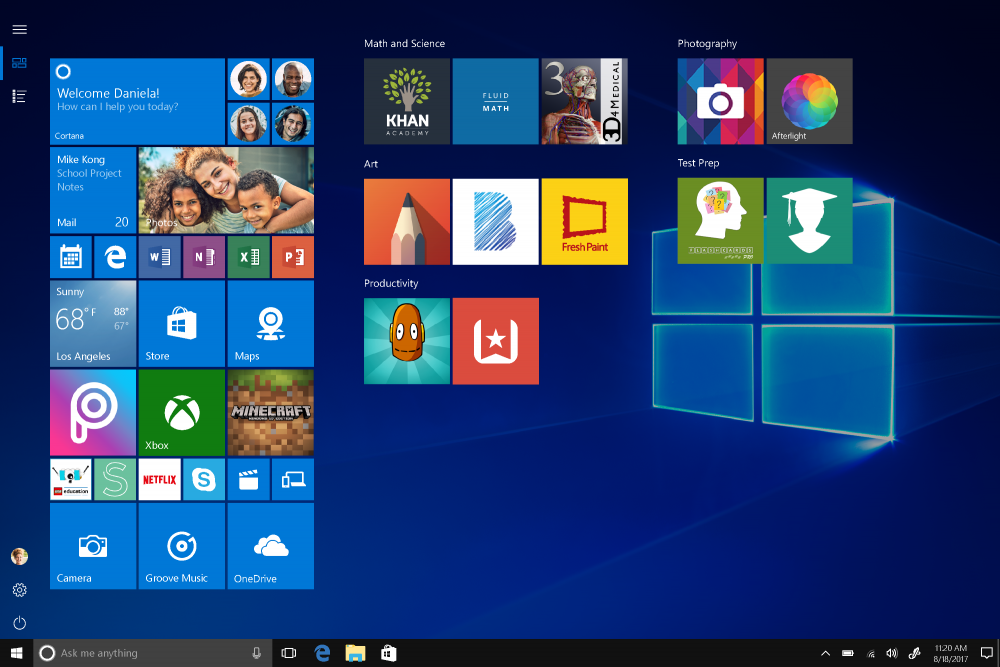Microsoft's new 'streamlined' version of Windows doubles down on the limitations of UWP
Windows 10 S isn't aimed at gamers, but it's still disappointing to see it limit the best thing about Windows: its openness.

On Tuesday Microsoft announced a new version of Windows 10, called Windows 10 S, that can only install and run applications through the Windows Store. In other words, it's an extension of the Universal Windows Platform, which locks down access to software's innards in the name of security. We've been very critical of UWP, because that security comes at the cost of much of the openness we value in the PC, and it really matters for games: modding and many other tools won't work with UWP games. Imagine a computer that can only run Universal Windows Apps. That sounds terrible.
The good news is that Windows 10 S isn't replacing regular Windows, and it's not aimed at gaming. It's designed for education PCs: it's a cheaper version of Windows that schools can install and keep safe from questionable programs, with an optional $50 fee to upgrade to Windows 10 Pro. The bad news is that two years after release, the Windows Store still sucks, with no sign of that changing in the near future. With the Windows Store in its current shape, Windows 10 S isn't a good platform for anyone right now. And when Microsoft called it "the soul of today's Windows," I got a little worried about the future of the Windows desktop.
When I talked to him back in March, Epic's Tim Sweeney called UWP "woefully inadequate" for desktop-caliber apps like, say, games. The existing framework, Win32, has worked fine for our executables for years and years. Microsoft argues UWP is safer and has other modern benefits. That may be true, but Microsoft hasn't proven that those advantages are really necessary, nor has it given us a good way to download UWP apps. And now we have a version of Windows entirely reliant on UWP.
Since Windows 8, Microsoft has badly wanted to replicate the success of the iTunes App Store, but the Windows Store is still a messy mash-up of shovelware, movies and legitimate programs. And when the entire internet can be a viable store for Windows applications, the Windows Store feels especially limiting.

The optimistic outlook here is hoping Windows 10 S gives Microsoft a good reason to overhaul the Windows Store with a new interface and much better sorting and curation. The store simply won't be successful in its current form.
The pessimistic outlook is that this is part of a bigger push to bring more third-party application developers on board with UWP, a platform we continue to have fundamental issues with. I'm not a teacher or the IT manager for a school, so I can't say if the locked-down security of Windows 10 S is as valuable as Microsoft claims. I can see how it would be a pretty big deal—maintaining hundreds of computers used by thousands of kids sounds like a nightmare. But I'd also argue that Windows 10 S doesn't maintain "the soul of Windows." It kills it.
There are still kids in public schools who don't have a computer or a smartphone at home. For those kids, using a computer at school is a vital part of their educational experience. But it's also potentially the conduit for them to learn about programming, modding, software development. Maybe that's through romhacking, or secretly downloading a game at school and picking through its files, or figuring out how to tear apart an executable and decipher its contents.
The biggest gaming news, reviews and hardware deals
Keep up to date with the most important stories and the best deals, as picked by the PC Gamer team.

That's the soul of Windows, to me: the freedom to do those things. Maybe it's messy, maybe it's less secure, but I bet there are employees at Microsoft today who got their start tinkering around on a PC at school, figuring out how computers work. That's what Windows 10 S—and the Universal Windows Platform—is giving up.
Right now, $50 is all it takes to upgrade to the full version of Windows and have an operating system without those restrictions. But as long as the Universal Windows Platform restricts what we can do with its applications, it's not going to represent Windows at its best.

Wes has been covering games and hardware for more than 10 years, first at tech sites like The Wirecutter and Tested before joining the PC Gamer team in 2014. Wes plays a little bit of everything, but he'll always jump at the chance to cover emulation and Japanese games.
When he's not obsessively optimizing and re-optimizing a tangle of conveyor belts in Satisfactory (it's really becoming a problem), he's probably playing a 20-year-old Final Fantasy or some opaque ASCII roguelike. With a focus on writing and editing features, he seeks out personal stories and in-depth histories from the corners of PC gaming and its niche communities. 50% pizza by volume (deep dish, to be specific).

